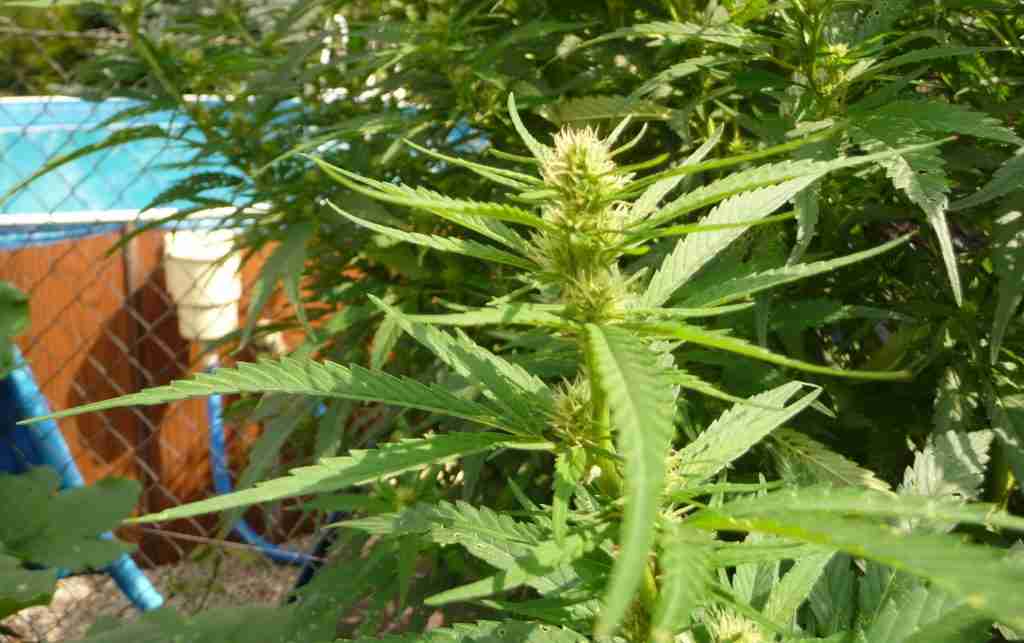LEARN
Types of Marijuana – the Beginner’s Guide to Cannabis Strains

The breakdown of cannabis types starts with an understanding of genetics and geography.
There are lots of variations in the marijuana world, not least of which are the different types of marijuana plants. If you were planning on just growing or using any old marijuana plant because you think they’re all the same, you’re in for a surprise. There are some major differences between them!
Beyond the different types of marijuana plants, there are male and female plants because marijuana is a dioecious type of plant (which basically just means it has males and females).
However, marijuana plants can even become hermaphrodites or androgynous. This can cause a large amount of female, cash-bearing crops to be turned to less valuable seed holding male plants.
All that aside, the main thing you need to know is the difference between sativas, indicas, and ruderalis plants. That’s a great starting point for any grower and user, beginner or not. This article will help you make the important decision of which type of marijuana you choose. For more growing advice, download this free Grow Bible.
Types of Marijuana: Sativa, Indica, And Ruderalis
Cannabis Sativa
Sativa marijuana plants are one of the most popular strains for smokers. The plants themselves are the bigger of the two main strains (sativa and indica), growing up to heights of 15 feet. It doesn’t grow as wide and thick as indica plants (see below), but these monster plants can produce some big yields.
Sativas can be recognized by their size but also by their leaves; they have delicate, long leaves that are narrow and pointy. You can even recognize the seeds because they are on the softer side and don’t have distinctive patterns or markings.
Sativas are types of marijuana native to latitudes lower than 30 degrees North, which includes Colombia, Mexico, Thailand, India, and Nigeria. This strain is popular amongst smokers because it generally makes them feel energized, happy, and invigorated, rather than stoned and sedated.
Some people say it makes them more creative. If you’re looking for a daytime strain, a sativa is probably the way to go because it won’t make you too sleepy.
In addition, sativa plants take a long time to flower (when compared to indica), and although they are bigger, their yields are slightly smaller than the bushier indica plant. They do best in outdoor grow settings that have plenty of space, light, and time to grow (so not a place with an early frost). Then again, although the sativa plant has a longer flowering phase, its vegetative phase is actually on the shorter side. They can also handle high temperatures, making them a great choice for people living in hot climates.
Cannabis Indica
Indicas are the counterpart of sativas. They don’t get to be as tall as sativas, but they do get quite bushy and are therefore productive plants in terms of yield. Their height could reach up to 6 feet, but they generally grow anywhere between 3 and 6 feet in height. The leaves are rounder and thicker, and their seeds are soft and have a marbled pattern.
Indicas are also often the preferred choice for indoor growers since they don’t get too big.
Indicas come from locations such as Lebanon, Nepal, Morocco, and Afghanistan — places that are further north than 30 degrees North. In addition, Indicas are known for their density and thickness, which makes for some excellent buds and high amounts of resin. The effects are usually more of sedative, lethargic, making the smoker feel extremely relaxed. These plants are best for evening use and do wonders for pain relief and muscle issues.
When compared to Sativas, Indicas have higher yields on average, even though they are smaller plants. Their short, wide leaves catch plenty of sun, and their thick foliage is efficient for developing heavy buds. Their flowering phase is shorter, making it a better choice for a colder climate that has a slightly shorter summer than other locations. Their height makes them an excellent choice for indoor growing.
Cannabis Ruderalis
People don’t usually get excited about ruderalis marijuana the same way they do about indicas or sativas, and that is because these little plants won’t get you high. Nonetheless, they are a very useful plant when it comes to breeding purposes. People breed ruderalis with other types of marijuana to grow better in northern climates or to become auto-flowering plants, depending on the strain.
This strain produces small plants (only getting up to a maximum of 2 feet tall), but they have extremely thick foliage like indicas. Their leaves look very different from sativas and indicas — they have three large leaves in the middle with two little ones towards the base.
Ruderalis make for excellent cold weather plants because their flowering cycle is very early and very short. This is perfect for people growing in locations where winter can hit pretty early. Therefore, hybrids with ruderalis can combine this good northern growing aspect with the psychotropic effects of an indica or sativa.
Hybrids
Hybrids are popular nowadays, and there are tons of different types to choose from. Their popularity comes from the fact that they can have the best of both worlds. Maybe you want the energetic effects of a sativa, but you live in a climate further north? A plant that has indica and ruderalis genes might be for you. Or maybe you want a combination of the effects that indicas and sativas both give. In any case, you can find almost anything under the sun once you start looking at hybrids.
Don’t just plant anything. Choosing the right type of marijuana is the first step to growing a strain that you will love!
For more growing tips, download this free Marijuana Grow Bible.














